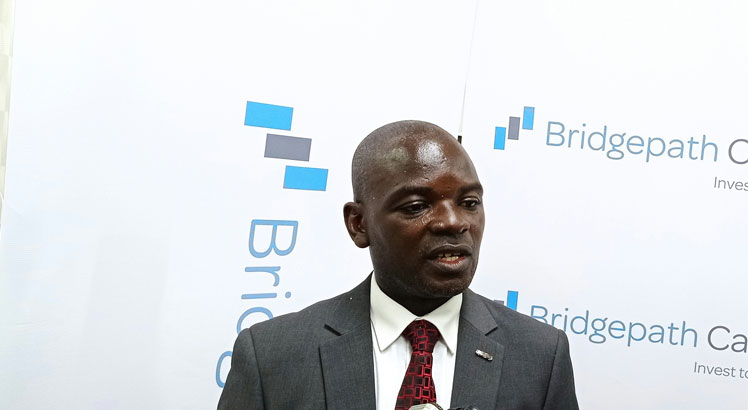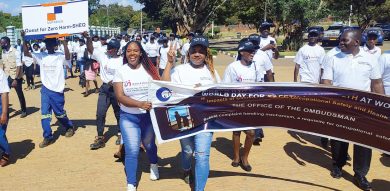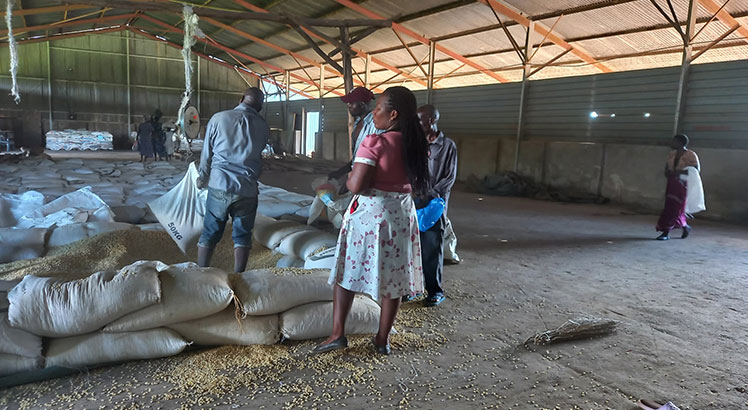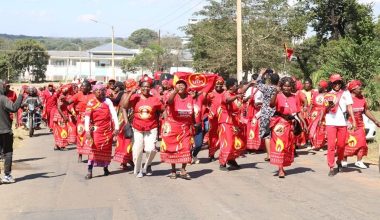Risky camps
Poor sanitation worsened by lack of running water and adequate toilets in evacuation camps is exposing Cyclone Freddy survivors to waterborne diseases, including cholera outbreak which is already ravaging the country, The Nation assessment shows.
Spot-checks yesterday in Blantyre City, the epicentre of the disaster, established that the camps have few toilets compared to the number of people accommodated, no running water or refuse bins or pits. Besides, there are also few or no bathroom facilities.
United Nations High Commissioner for Refugees emergency standards recommend that no latrine should be used by more than 50 persons during the first phase of an emergency. The count is made per drophole. The standards also recommend latrines that are cleanable, guarantee privacy and are structurally safe
The camps we visited include Manja Primary School, St. Pius Catholic Hall and Naotcha Primary School in Chilobwe Township.
At Manja Primary School, The Nation counted nine makeshift and mobile toilets against at least 566 survivors.
The toilets complement four existing ones for learners at the school. But they were unclean, perhaps a development that prompted some of the survivors to use the makeshift and mobile ones.
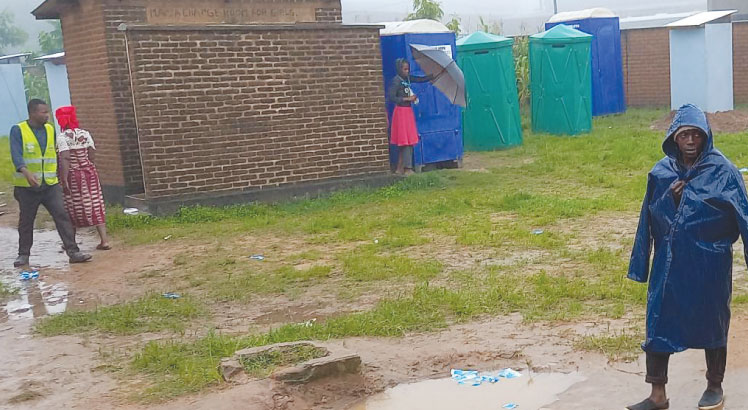
Litter was all over the place in the absence of bins at the camp. Some children were seen playing in the rain with the same litter they picked up while their parents sat on classroom verandas.
This reporter also found two middle-aged boys urinating just behind a tent while other survivors stood a stone’s throw away.
In an interview, one of the leaders at the camp, who identified himself as Nathan Mvula, said the sanitation status was a cause for worry, especially with children present.
“But we cannot do more about it since where there is a group, it is hard to control each other. We just hope we don’t get cholera,” he said.
The situation was not different at St Pius Catholic Hall where about 698 survivors are being hosted. There are 10 makeshift and mobile toilets besides the four toilets that learners.
Unlike at Manja Primary School, there were refuse bins at St Pius, although this did not stop others from littering.
Enelles Mainja, a parent, expressed worry with the compromised sanitation at the camp, saying: “While individually we can do our best to protect ourselves from any diseases due to the compromised sanitation, it is difficult since there are many of us here.”
At Naotcha Primary School, The Nation counted 11 mobile and makeshift toilets apart from the four toilets that learners use. The number of survivors at the camp was 874 as of yesterday, according to camp leaders.
Children were seen playing in the rain and littering around as their parents stood from afar looking grief stricken.
One of the leaders at the camp, Paul Matandani, said it is difficult to force people to follow proper rules to ensure good levels of hygiene and sanitation.
The camps lack running water because Blantyre Water Board (BWB) is yet to resume full capacity pumping in its supply area due to lack of electricity after Electricity Generation Company (Egenco) on Monday switched off hydro-power stations to avoid damage to equipment by debris and flood waters in the Shire River. Consequently, this affected electricity supply across the country.
In a telephone interview yesterday, BWB chief executive officer Robert Hanjahanja said the board has now started supplying water within its supply area.
He said water supply has been adversely affected since the cyclone has affected electricity generation and supply which powers its pumping from Walker’s Ferry at Nkula.
Hanjahanja said: “But we are ensuring that we still supply water using water bowsers in critical areas such as the camps and health facilities. We are now 24 hours on the ground.”
He said the resumption of normal water supply, though gradual, gives BWB an opportunity to follow up on broken pipes.
In a separate statement, Lilongwe Water Board (LWB) stated that stable water supply was restored yesterday at 14:20.
Reads part of the statement: “However, customers may experience delays in supply resumption as water pressure builds up in our distribution system.”
It further said as part of an emergency alternative, water supply through bowsers targeted health facilities, including cholera hotspots.
But Queen Elizabeth Central Hospital director Sam Mndolo told yesterday’s edition of The Nation that while BWB deserved commendation for the water bowsers, running water remained the best for hospital operations.
When asked on the status of power supply, Electricity Supply Corporation of Malawi (Escom) public relations manager Kitty Chingota said the utility would be taking the media on a tour to appreciate efforts towards restoration.
On the other hand, Egenco spokesperson Moses Gwaza was yet to respond to our questionnaire sent via WhatsApp by press time at 9pm.
Department of Disaster Management Affairs figures show that as of Wednesday, the number of displaced households was at 19 676 or approximately 88 312 people while the death toll was at 225. There are 707 people nursing injuries while 41 are reported missing.
So far, 165 camps have been set up to accommodate the cyclone survivors.


